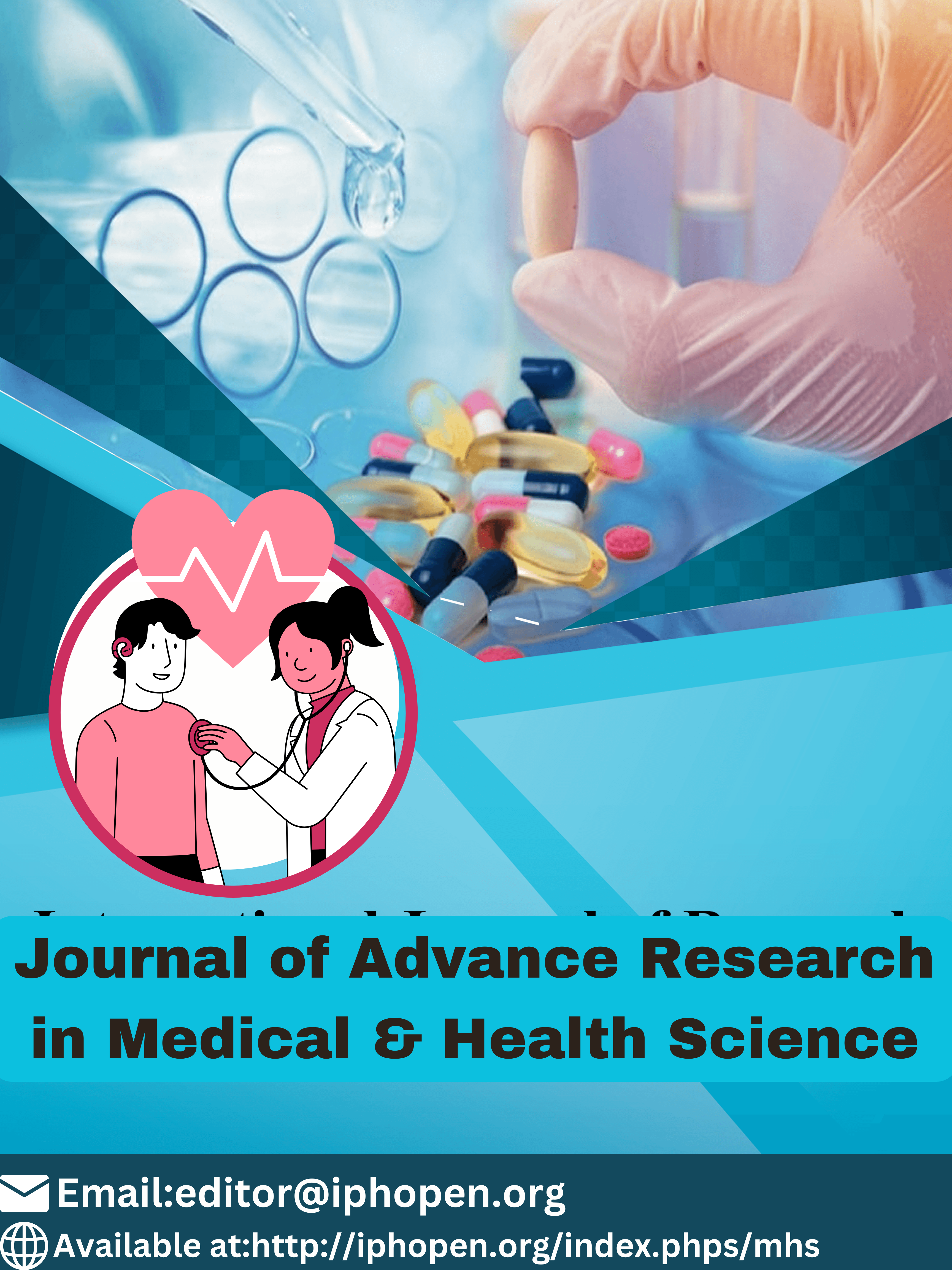ANTIBACTERIAL ACTIVITY OF MORINGAOLEIFERA LEAF EXTRACTSAGAINST GRAM-NEGATIVE BACTERIA
Keywords:
Antibacterial, Gram negative bacteria, Leaf extract, MoringaoleiferaAbstract
About 80% of the populations in developing countries prefer the use of herbal extracts and their active components in traditional medicine therapy. Moringaoleifera is largely safe for human and animal consumption. Hence, it is use in the treatment of variousailments. This study was carried out to determine the antibacterial activity of Moringaoleifera on Gram-negative bacteria. Moringaoleifera leaves were obtained and identified in Plant Science and Biotechnology Laboratory of Benue State University Makurdi. The leaves were washed, air dried and pulverized, Aqueous and Methanol extract were prepared. The antibacterial effects of aqueous and methanol extracts of the leaves were determined using Agar well diffusion method. The minimum Inhibitory Concentration (MIC) and the minimum Bactericidal Concentration (MBC) of the extracts on both aqueous and methanol extracts were carried out at concentrations of 100mg/ml, 50mg/ml, 25mg/ml. Phytochemical screening o the extracts revealed the presence of bioactive constituents such as Tannins, Flavonoids, Saponins and Alkaloid. Higher concentrations of Methanol extract (100mg/mL) were more effective against E. coli (17.83 ± 40.92), K.pneumonia (17.67 ± 3.33), S. typhi (17.67 ± 4.63), P. mirabilis (20.00 ± 3.58). The methanol extract of Moringaoleifera contributed considerably toitsefficiency in inhibiting the bacteria than aqueous extract. Higher concentration of methanol extracts should be used as an alternative for the treatment of Gram-negative bacteria.
References
Abdulkadir, I. S., Nasir, I. A., Sofowora, A., Yahaya, F., Ahmad, A. A., and Hassan, I. A. (2015).Phytochemical screening and antimicrobial activities of ethanolic extracts of MoringaoleiferaLam on isolates of some pathogens.Journal of applied pharmacy, 7(4): 2-7.
Ajayi, A. O. and Fadeyi, T. E. (2015).Antimicrobial Activities and Phytochemical Analysis of MoringaoleiferaLeaves onStaphylococcus aureusandStreptococcusspecies.American Journal of Phytomedicine and Clinical Therapeutics.3(10):643-653.
Alhakmani, F., Kumar, S. and Khan, S.A. (2013) Estimation of total phenolic content,in vitroantioxidant and anti-infmatory activity of flowers ofMoringaoleifera.Asian PacificJournal of Tropical Biomedicine, 3(8): 623-627.
Bhumika, D. and Bijal, A. (2015): Antibacterial activity and phytochemical screening of different parts of Moringaoleifera against selected Gram positive and Gram negative bacteria.Journal of Pharmaceutical,Chemical and Biological Sciences, 3: 421-425.
Bukar, A., Uba, A. and Oyeyi, T. (2010). Antimicrobial profile ofMoringaoleifera .extracts against some food–borne microorganisms.Bayero Journal of Pure and Applied Sciences,3(1).
Cheesbrough, M. (2006).District Laboratory Practice in Tropical Countries. London English Language Book.
Dodiya, B., Amin, B., Kamlaben, S. and Patel, P. (2015). Antibacterial activity and phytochemical screening of different parts of Moringaoleifera against selected gram positive and gram negative bacteria.Journal of Pharmacology and Chemical Biological Sciences,3:421-425.
Farooq, F., Rai, M., Tiwari, A., Khan, A.A. and Farooq, S. 2012. Medicinal properties ofMoringaoleifera: an overview of promising healer.Journal of Medicinal Plants Research, 6:4368-4374.
Lar, P. M., Ojile, E. E., Dashe, E., &Oluoma, J. N. (2011). Antibacterial Activity onMoringaOleifera Seed Extracts on Some Gram-Negative Bacterial Isolates.Nigerian Journal of Biological Sciences, 5 (3): 35-43.
Laurie, S. M. (2019). II International Symposium onMoringa.Journal of Biotechnology, 1-12.
Moyo, B., Masika, P. J. and Muchenje, V. (2012). Antimicrobial activities of Moringaoleifera Lam leafextracts.African Journal of Biotechnology,11(11):2797-2802.
Patel, N., & Mohan, J. S. S. (2018). Antimicrobial activity and phytochemical analysis ofMoringaoleiferacrudeextracts against selected bacterial and fungal strains.International Journal of Pharmacognosy andPhytochemical Research,10(02): 68-79.
Peter,A., Walter, A., Wagai, S., & Joseph, O. (2011). Antibacterial activity ofMoringaoleifera andMoringastenopetala methanol and n-hexane seed extracts on bacteria implicated in water borne diseases.Journalof Medicinal Plants Research, 6:4368-4374.
Sahay,S., Yadav, U., &Srinivasamurthy, S. (2017). Potential ofMoringaoleifera as a functional food ingredient:A review.Magnesium (g/kg),8(9): 4-90.
Downloads
Published
How to Cite
Issue
Section
License

This work is licensed under a Creative Commons Attribution-NonCommercial-ShareAlike 4.0 International License.
Author(s) and co-author(s) jointly and severally represent and warrant that the Article is original with the author(s) and does not infringe any copyright or violate any other right of any third parties and that the Article has not been published elsewhere. Author(s) agree to the terms that the IPHO Journal will have the full right to remove the published article on any misconduct found in the published article.


















